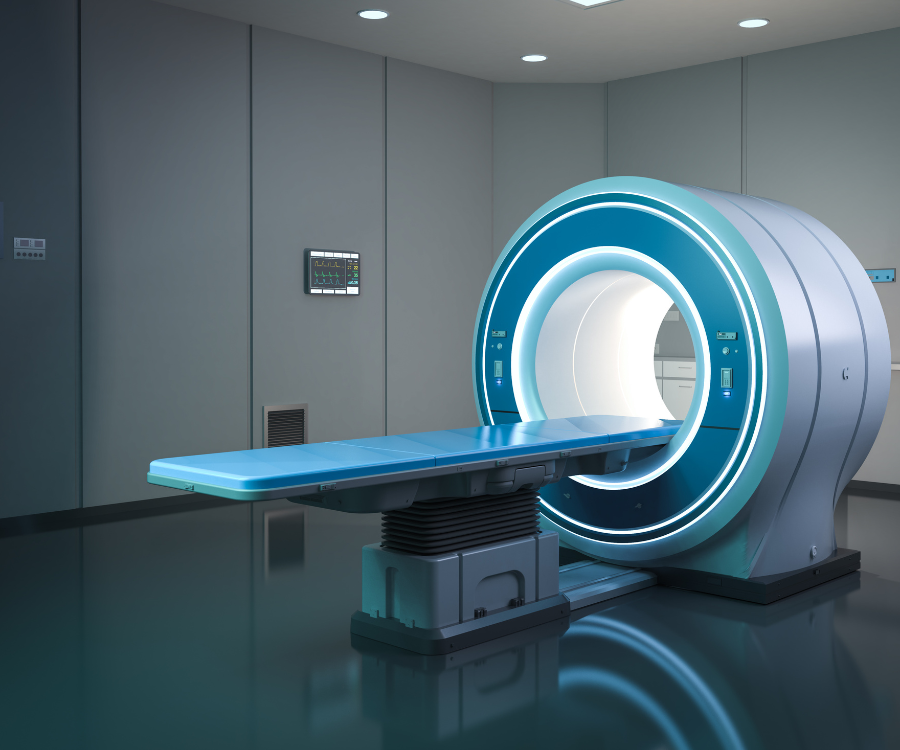Your MRI Scan: A Simple Guide to What Happens During and After
Hearing the words “you need an MRI” can feel a little daunting. Maybe you’re picturing a scene from a movie or have heard stories about the noise. But in reality, an MRI scan is a routine, painless, and highly valuable medical procedure. Understanding what to expect during and after your MRI can help you feel more at ease.
What Exactly is an MRI Scan?
MRI stands for Magnetic Resonance Imaging. It’s a non-invasive imaging technology that uses a strong magnetic field and radio waves to create detailed pictures of the inside of your body. Think of it as a super-advanced camera for your organs, bones, and tissues. Unlike X-rays or CT scans, it doesn’t use any radiation. This makes it a very safe option for a wide range of diagnostic needs. Doctors use MRI scans to look for a variety of conditions, from sports injuries and joint problems to neurological issues and tumors.
Preparing for Your MRI Scan
Preparation is key to a smooth experience. Your doctor or the imaging center will give you specific instructions, but here are some common guidelines:
- Remove all metal: The powerful magnet in the MRI machine means no metal is allowed. This includes jewelry, watches, hairpins, and even some clothing items with zippers or metal buttons. It’s a good idea to leave your valuables at home.
- Inform the staff: Before the scan, tell the technologist if you have any metal implants, like a pacemaker, cochlear implants, or certain types of dental work. Many implants are now MRI-safe, but it’s crucial to let them know.
- Consider your comfort: Wear loose, comfortable clothing. You may be asked to change into a gown.
- Check on food and drink: For most scans, you can eat and drink as usual, but some require fasting. Always follow the specific instructions you’re given.
What Happens During the MRI Scan?
The MRI itself is surprisingly straightforward. Here’s a step-by-step breakdown:
- Getting comfortable: You will lie down on a padded table that slides into the center of the MRI machine, which looks like a large, short tunnel. The technologist will help you get into a comfortable position.
- The “noise”: The machine makes loud, repetitive thumping and buzzing sounds. This is the sound of the magnetic coils turning on and off to create the images. Don’t worry, this is completely normal! You will be given earplugs or headphones to help muffle the sound.
- Staying still: This is the most important part. To get clear images, you need to remain as still as possible. Even small movements can blur the pictures. The scan can take anywhere from 15 minutes to an over an hour, depending on what part of the body is being scanned. The technologist will be able to communicate with you through an intercom system.
- Contrast dye: Sometimes, a special dye called a contrast agent is injected into a vein in your arm. This helps highlight specific tissues or blood vessels, providing a clearer picture for the radiologist.
What to Expect After an MRI Scan
Once the scan is complete, the table will slide out, and you’re good to go!
- Immediate recovery: There’s no recovery time needed. You can go back to your normal routine immediately, including driving and eating.
- Results: The images are sent to a radiologist, a doctor who specializes in interpreting medical images. They will analyze the pictures and send a report to your referring doctor.
- Follow-up: Your doctor will then discuss the results with you at a follow-up appointment. They will explain what the images show and determine the next steps for your treatment plan. It’s important to remember that the MRI is just one piece of the puzzle; your doctor will consider the results along with your symptoms and medical history.
An MRI scan is a crucial tool in modern medicine. By knowing what to expect during your appointment and afterwards, you can walk in with confidence, knowing you’re taking a positive step towards understanding and managing your health.

No comment